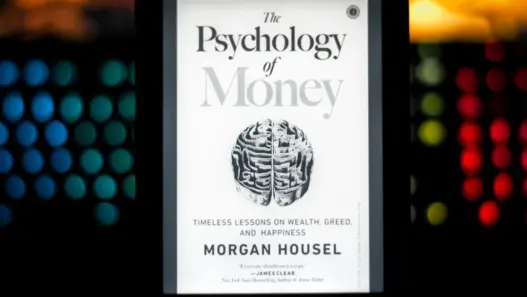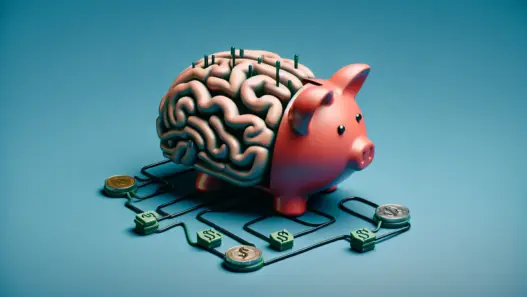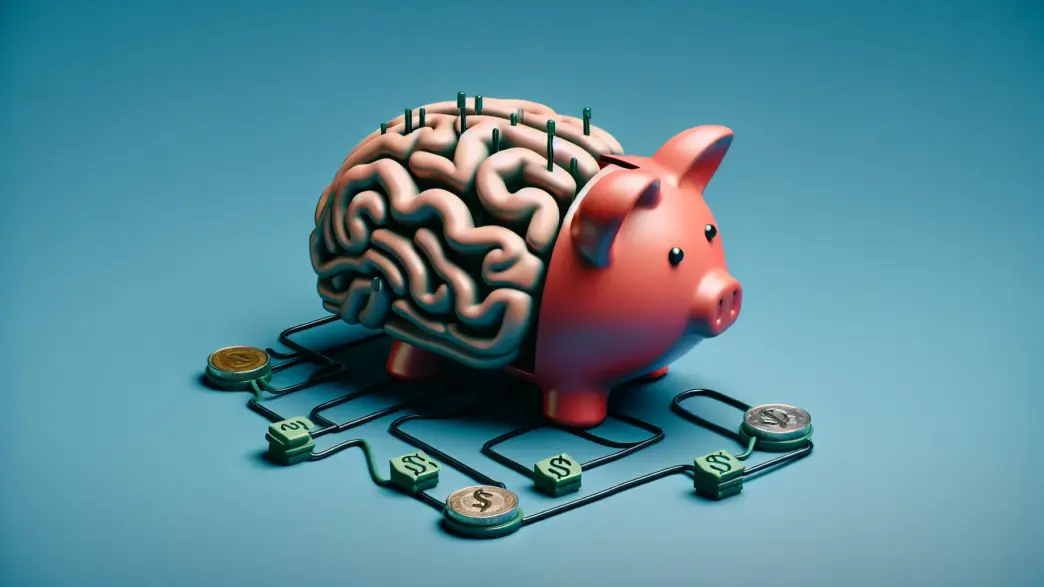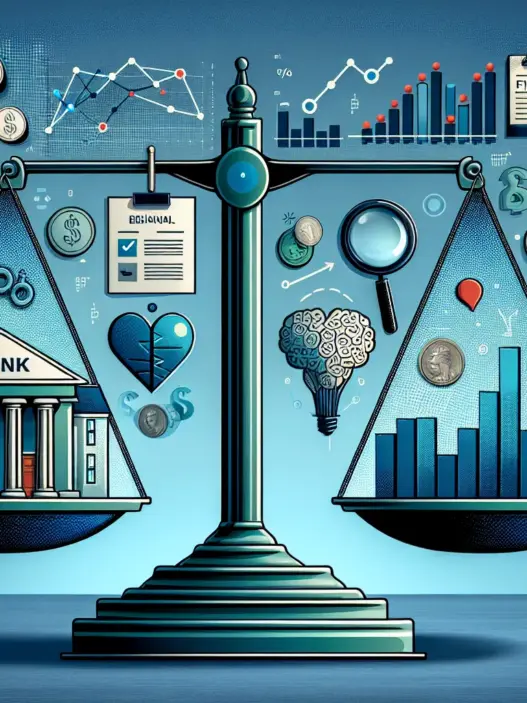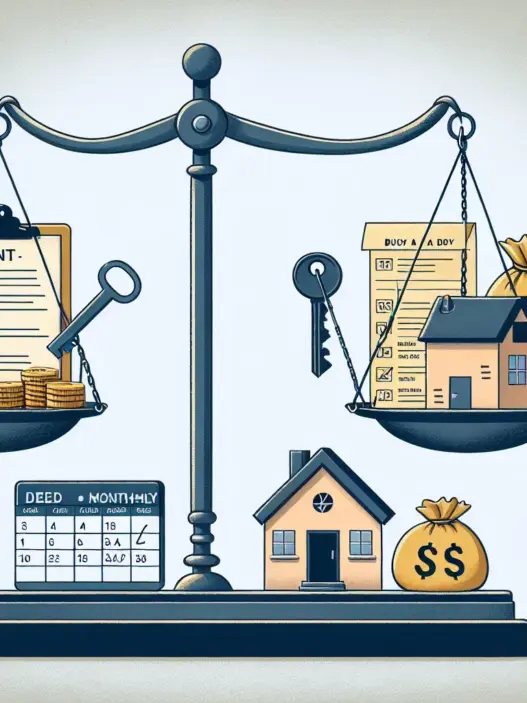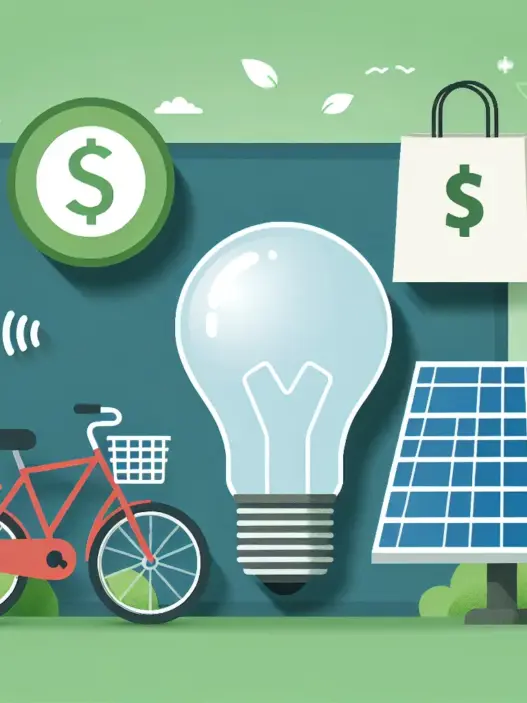Money isn’t just about numbers and calculations. Our emotions, habits, and biases play a significant role in how we handle our finances. This is where behavioral economics comes into play, offering insights into why we make certain financial choices and how we can improve our decision-making process.
Understanding Behavioral Economics
Behavioral economics combines psychology with economic theory to explain why people sometimes make irrational financial decisions. Unlike traditional economics, which assumes people always act rationally, behavioral economics recognizes that human behavior is complex and often influenced by cognitive biases and emotional factors.
Common Biases Affecting Financial Decisions
Loss Aversion
People tend to feel the pain of losses more intensely than the pleasure of equivalent gains. This can lead to overly conservative investment strategies or holding onto losing investments for too long.
Present Bias
We often prioritize immediate gratification over long-term benefits. This bias can make it challenging to save for retirement or stick to a budget.
Overconfidence
Many individuals overestimate their financial knowledge or ability to predict market trends. This can result in risky investment choices or inadequate financial planning.
Anchoring
People tend to rely heavily on the first piece of information they receive when making decisions. In finance, this might mean fixating on a stock’s past performance rather than its future prospects.
Applying Behavioral Economics to Personal Finance
Understanding these biases can help individuals make better financial decisions. Here are some practical applications:
Automating Savings
To combat present bias, setting up automatic transfers to savings accounts can help ensure consistent saving without relying on willpower alone.
Reframing Financial Choices
Instead of viewing budgeting as a restriction, it can be reframed as a tool for achieving long-term goals. This positive perspective can make it easier to stick to financial plans.
Using Mental Accounting
While traditional economics views all money as fungible, people often categorize money differently based on its source or intended use. This tendency can be leveraged to encourage saving by creating separate accounts for different financial goals.
Leveraging Social Proof
People are influenced by the actions of others. Sharing financial goals with friends or joining savings groups can provide motivation and accountability.
The Power of Nudges in Personal Finance
Behavioral economics introduces the concept of “nudges” – small changes in the environment that can guide people towards better decisions without restricting their choices.
Default Options
Making enrollment in retirement savings plans the default option (with the ability to opt-out) has significantly increased participation rates.
Visualization Tools
Tools that help visualize long-term financial goals can make abstract concepts more tangible and motivating.
Timely Reminders
Sending reminders about bill payments or savings goals at opportune moments can help people stay on track with their financial plans.
Overcoming Cognitive Biases
While it’s impossible to eliminate cognitive biases entirely, awareness is the first step towards mitigation. Here are some strategies:
-
Pause Before Making Big Decisions: Taking time to reflect can help counteract impulsive choices driven by emotional factors.
-
Seek Diverse Perspectives: Consulting with financial advisors or trusted friends can provide alternative viewpoints and challenge potential biases.
-
Use Decision-Making Frameworks: Implementing structured decision-making processes can help reduce the impact of emotional factors.
-
Regular Financial Check-ins: Periodic reviews of financial goals and strategies can help identify and correct course deviations caused by biases.
The Future of Behavioral Economics in Personal Finance
As technology advances, the application of behavioral economics in personal finance is likely to become more sophisticated. AI-driven financial apps could provide personalized nudges based on individual spending patterns and goals.
Robo-advisors are already incorporating behavioral economics principles to help users make better investment decisions. These tools could become even more effective at guiding users towards sound financial choices in the future.
Conclusion
Behavioral economics offers valuable insights into the complex world of personal finance. By understanding the psychological factors that influence our financial decisions, we can develop strategies to overcome biases and make choices that align with our long-term goals. As this field continues to evolve, it promises to provide even more tools and techniques to help individuals navigate their financial lives with greater success.
Frequently Asked Questions
What is behavioral economics in personal finance?
Behavioral economics in personal finance combines psychology with economic theory to explain why people make certain financial decisions. It recognizes that human behavior is complex and often influenced by cognitive biases and emotional factors, rather than always being rational.
How does loss aversion affect financial decisions?
Loss aversion is a common bias where people feel the pain of losses more intensely than the pleasure of equivalent gains. This can lead to overly conservative investment strategies or holding onto losing investments for too long, potentially impacting long-term financial growth.
What are some practical ways to apply behavioral economics to personal finance?
Some practical applications include automating savings to combat present bias, reframing financial choices positively, using mental accounting by creating separate accounts for different goals, and leveraging social proof by sharing financial goals with others for motivation and accountability.
What are “nudges” in behavioral economics?
Nudges are small changes in the environment that can guide people towards better financial decisions without restricting their choices. Examples include making enrollment in retirement savings plans the default option, using visualization tools for long-term goals, and sending timely reminders about bill payments or savings goals.
How can individuals overcome cognitive biases in their financial decisions?
To overcome cognitive biases, individuals can: pause before making big decisions, seek diverse perspectives from advisors or trusted friends, use structured decision-making frameworks, and conduct regular financial check-ins to review goals and strategies. Awareness of these biases is the first step towards mitigating their impact.





